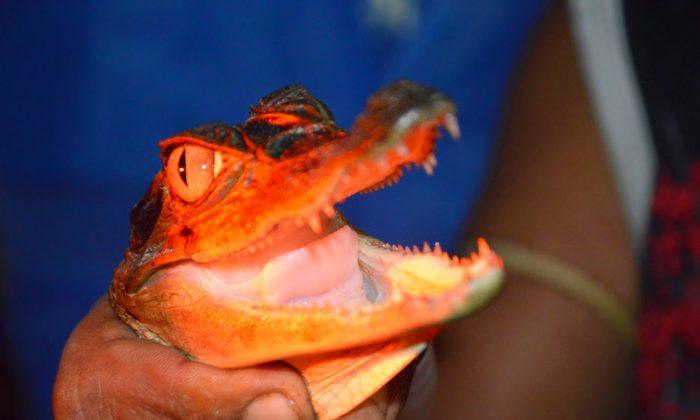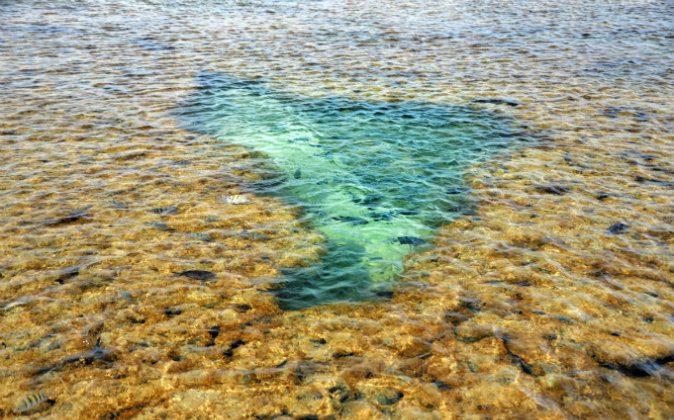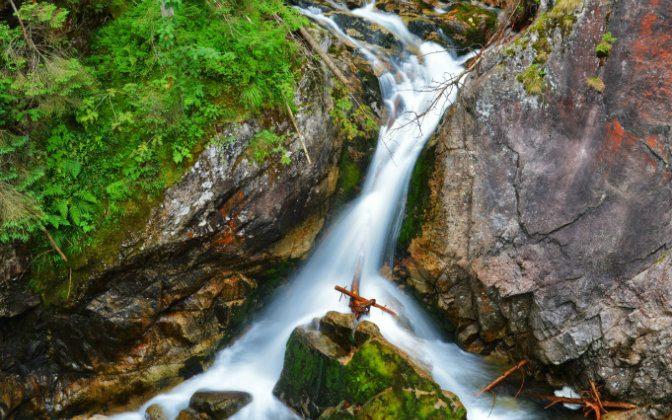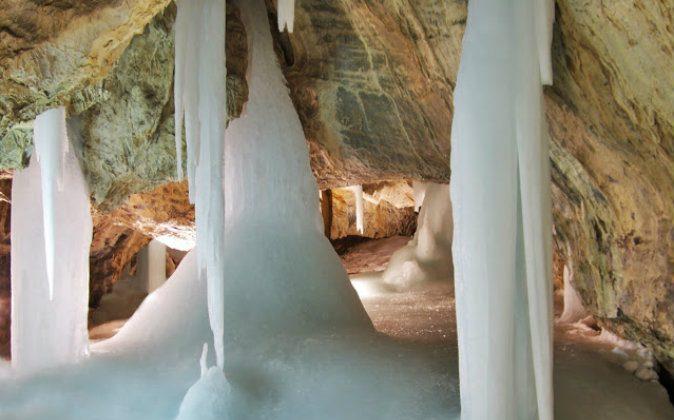After spending all day canoeing down the rivers and streams of The Brazilian Amazon rainforest, piranha fishing and getting caught in the torrential rain (click here to read a full article about it), it’s time to venture into the wild jungle. 2 days and nights in a dense forest - forget about even a simple hut, bed to sleep, running water or any other basic blessings of modern civilization. Out of around 20 people who were staying in the Amazon - only 5 decided to take a risk and join the jungle tour! And, although it’s not comfortable in any way, I would definitely recommend it! Not everyday you have a chance to experience real wilderness!
How to get to The Amazon Jungle

First, you need to have a professional guide who knows the rainforest and is able to take you on such a tour. Many parts of the jungle are not allowed to enter for travelers. If you are in Manaus, the city in the heart of the Amazon, you can easily choose from one of the trips advertised by numerous tourist agencies. Buy it directly from a tourist office to avoid being ripped off! I can recommend Amazon Backpakers, they have a wide range of offers for a good price. You can select the number of days, how difficult the trip will be and places you wish to visit in The Amazon.
Following the natives - the hike through the jungle
Our brave team consisting of 5 members was supposed to get up early in the morning to watch birds but unfortunately we had to skip it due to the weather - torrential rain. Luckily, around the noon, the sun appeared again and we could set out on our trip. We boarded the canoe one more time, however, this time not for so long.

Now, when we got to the shore and disembarked the canoe, the educational part of our tour started. The guide explained everything about the plants and the jungle around us and how the natives use it in their daily life. It’s amazing how strongly we, humans, are connected to the nature and, at the same time, how much we have moved away from it. A few days in The Amazon demonstrates it perfectly.
The number of various trees, plants and even insects used by the Amazon Indians is staggering. Some of the species are known to have medicinal purposes (sap of one of the trees works as both mosquito repellent and cures the bites), other are poisonous. Some are very dangerous, other are helpful, like for example the “telegraph tree” which, when hit, produces muffled sounds carried by the echo all over the jungle - a perfect communication device. Another useful plant is “Pente de Macaco”, meaning “monkey’s brush”. Its fruit has the unique shape of a comb or sponge. If you want to snack on something, no problem, you can simply find the “chickle tree” that produces white, thick resin which can later be used as... chewing gum. Not to be confused with the “rubber tree” (also found in the Amazon)!

The strange Chambira and Awara palm trees belong to the same family (astrocaryum), and one of their main features are protruding in all directions pointy spikes. Natives use them to kill the prey, after dipping the tip in some poison obtained from a plant or frog and attaching it to the arrow of a bow. These palms also have orange, edible fruit containing black seeds from which the natives make rings and jewellery.
When it gets dark, and you need fire, Chambira will help you, too. Its black, thick sap is perfectly flammable and burns for a considerable amount of time.

Let’s say now you got bored of chewing the natural gum and you would eat something more substantial. To get protein, there’s no need to run around with spears and hunt animals. You just have to find one of the jungle nuts, open it with a stone and indulge in fat, nutritious white larvae that reside inside. Don’t worry if they are still moving, they are ready to be served.
Our guide had no problems whatsoever with consuming them and one member of our team also took chances to try that delicacy, however the poor woman spat it out as soon as she put it into her mouth. I, to be honest, wasn’t brave enough to even touch it...
Alligator hunt, wild barbecue and the night in hammocks
Towards the end of the jungle tour, our guide decided to show off his manual skills. He wove a bow, a crown and other things from palm tree leaves. I still have the bow and it’s such a great, authentic souvenir, much better than those you can get at the stands in Manaus.

But it wasn’t the only surprise prepared for us by the guide. When the darkness fell, he took us back to the canoe and we went on an alligator hunt! It was a really cool experience as it was not possible to see anything but the little green eyes in between the reeds reflecting the torch light. We had been floating in silence for a while, when, out of sudden, the guide jumped out of the boat into the bushes and came out holding a baby caiman. It was really cute, nice in touch and not scary at all. Everybody had a chance to look at it closely and, within a few minutes, the animal was released into the wild.
After all day of exploring the rainforest, it was finally time for dinner. You can breathe a sigh of relief, we didn’t have an alligator or any other animal from the jungle. We just had plain chicken breasts, some rice and vegetables cooked on fire. At that time, it seemed it was the tastiest dish I had ever had in my life.

Soon after dinner it started pouring rain again and we had to move under the roof made of palm tree leaves fixed to the trees. There were hammocks attached, too. When everybody “went to bed”, the world became silent and only the rain and birds/insects buzzing was audible. The fire burned out soon and deep darkness flooded our camp. Nothing was visible expect little glow-worms emitting greenish light. Now the sounds of the jungle seemed to get incredibly loud, as if someone had turned up the volume. You could hear every move, every bird or insect lurking in the dark. It was quite a long night for me to be honest, but the whole experience, overall, was well worth the effort!
Tips on trekking in the jungle
If you’re going to camp in the jungle, you must remember that it’s far from comfortable and requires some motivation and effort. It cannot be compared to a visit in The Amazon and sleeping in a guest house.
Here I present a few tips that will help you “survive” in the jungle:
- raincoat is a must
- take necessary vaccinations (especially yellow fever)
- consider malaria drugs (malaria vaccinations are not available yet and the only option you are left with is antibiotics - they can make you feel tired and sick but it’s better not to risk)
- mosquito repellents! (although they don’t work as well as they should - there are so many mosquitoes in the
- rainforest that after a few hours of lying on the hammock we had more than 20 bites on our backs!)
- multilayer long sleeve clothing (no T-shirts, no shorts - mosquitoes can even bite through the hammocks! it’s not very comfortable to wear a few layers when it’s hot and humid but it’s better than got bitten by mosquitoes)
- some extra clothes (when it’s raining you’re going to soak through and the bonfire makes so much smoke that you WILL smell)
- good trekking boots (in case you step on a snake)
- tight waterproof bags for electronics
Copyright © 2014 by Adventurous Travels. This article was written by Tomasz Lisowski and originally published on www.adventurous-travels.com






Friends Read Free